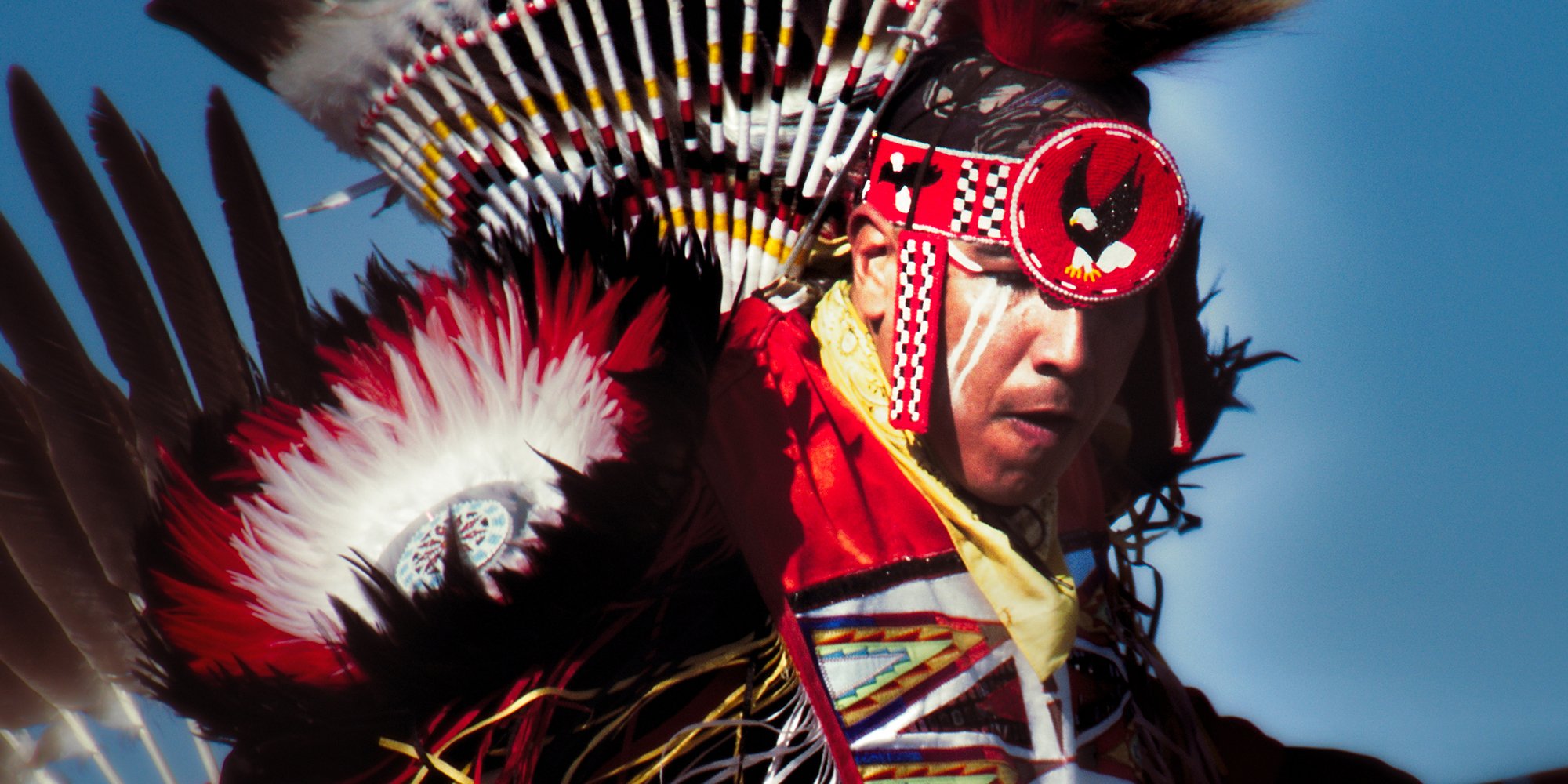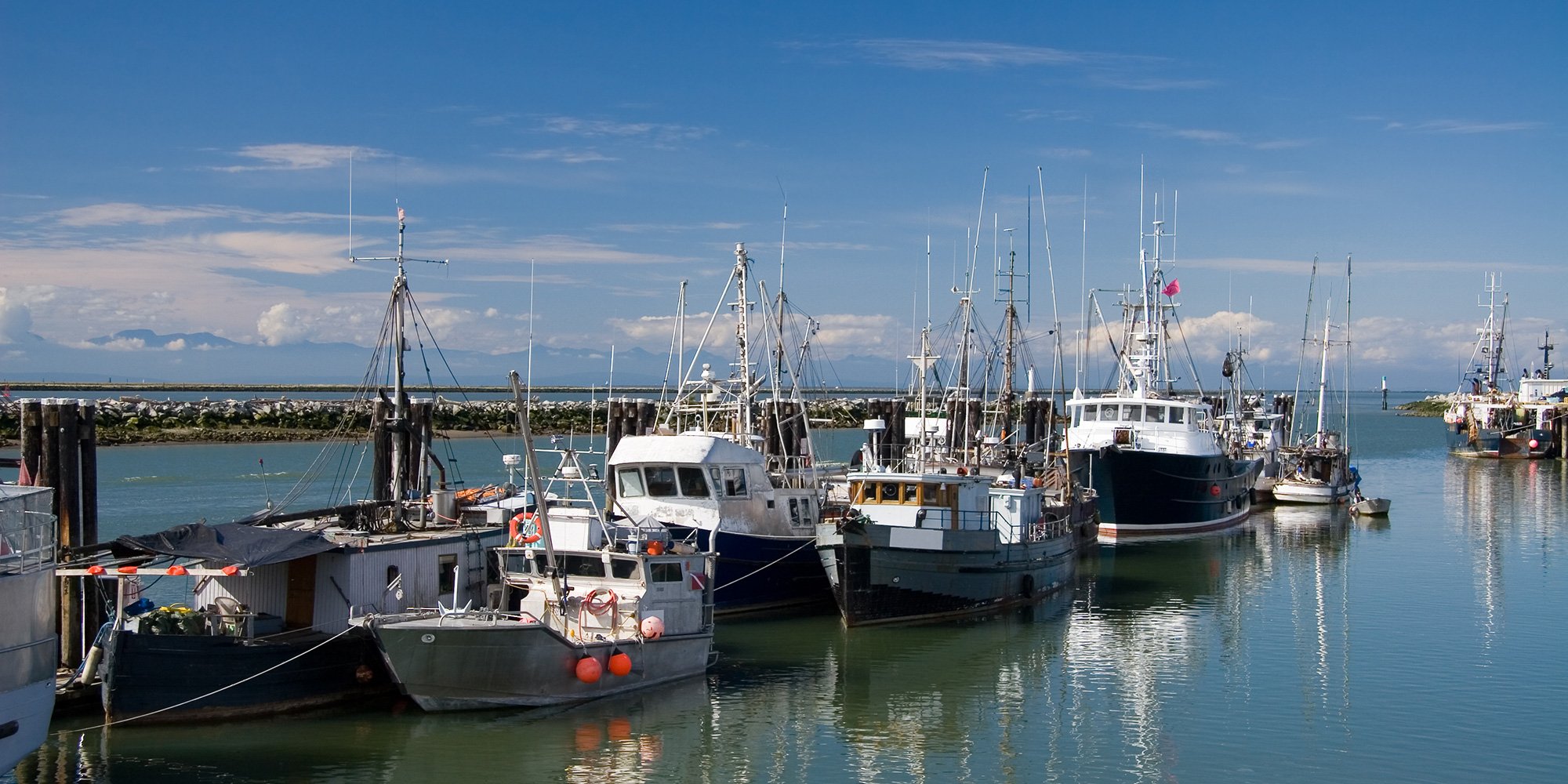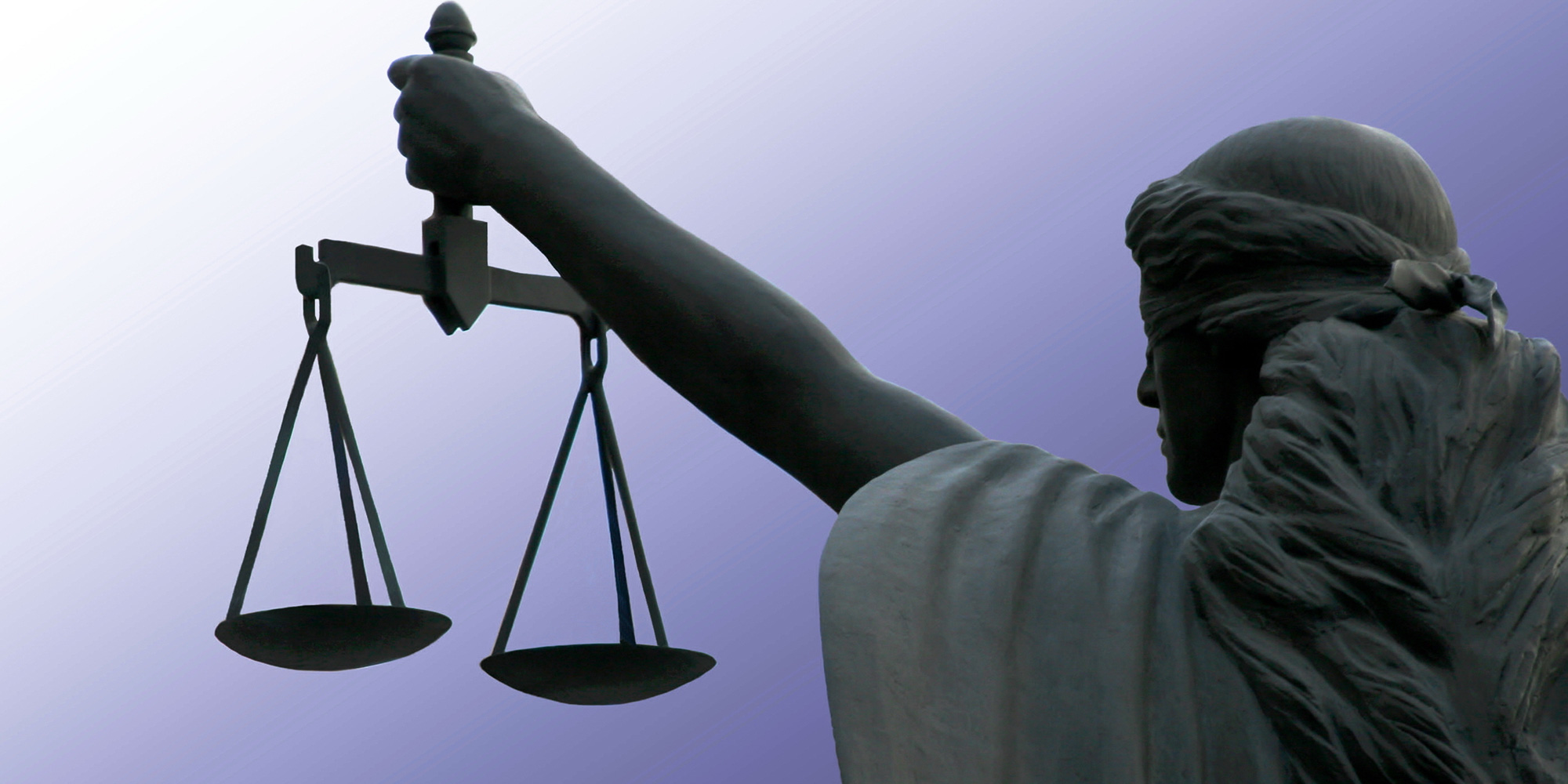What Does Indigenous Awareness Mean?
Indigenous awareness is a broad term – I know because my onsite and public workshops are dedicated to helping people understand the full extent of...

The doctrine of Aboriginal rights exists… because of one simple fact: when Europeans arrived in North America, Aboriginal peoples were already here, living in communities on the land, and participating in distinctive cultures, as they had done for centuries. It is this fact, and this fact above all others, which separates Aboriginal peoples from all other minority groups in Canadian society and which mandates their special legal status. [1]
Aboriginal rights were defined in the Royal Proclamation in 1763. The Royal Proclamation is regarded as early and powerful evidence of the recognition of Aboriginal rights in Canadian law. This recognition paved the way for the Supreme Court of Canada to rule in a series of cases beginning with Calder that Aboriginal title both pre-existed and survived colonial occupation. In that light, these are the Proclamation’s key words “. . . any lands that had not been ceded to or purchased by Us as aforesaid, are reserved to the said Indians.” [2]
In addition, the Royal Proclamation also recognizes Aboriginal rights to harvest resources from their traditional territories. The principle is acknowledged in that the Aboriginal lands are “. . . reserved to them, or any of them, as their Hunting Grounds” [3]
This is a good description of what Aboriginal rights are:
Aboriginal rights are collective rights which flow from Aboriginal peoples’ continued use and occupation of certain areas. They are inherent rights which Aboriginal peoples have practiced and enjoyed since before European contact. Because each First Nation has historically functioned as a distinct society, there is no one official overarching Indigenous definition of what these rights are. Although these specific rights may vary between Aboriginal groups, in general they include rights to the land, rights to subsistence resources and activities, the right to self-determination and self-government, and the right to practice one’s own culture and customs including language and religion. [4]
In the test to claim Aboriginal rights, the person must show that the practice, custom or tradition existed prior to European contact (in the case of First Nations) with his or her ancestors or before Europeans arrived in Canada (in the case of the Métis). Additionally, the person must show that the practice, custom or tradition was still in existence in 1982 when the Constitution was repatriated.
The Aboriginal perspective of their rights is generally of a broader scope – their rights, as stewards of the land, include responsibilities to family, land and environment.
The rights of Aboriginal Peoples to hunt and fish for food have been accepted as integral to Aboriginal culture and the rights of First Nations to hunt and fish for food have likewise been long accepted. However, the rights of Métis to hunt and fish for food were only established relatively recently in the Supreme Court of Canada in R. v. Powley [2003].
The courts have also said that constitutionally recognized practices, customs or traditions can evolve to a modern form. Fishing is a good example of a right that has evolved from harvesting by hand using nets or spears to high-tech fishing equipment and power boats.
Commercial rights to sell fish have been established and confirmed via the court. Applicants have to establish that, prior to contact with Europeans, their ancestors engaged in the practice of fishing and trading or selling fish and that this practice was an integral part of their distinctive pre-contact Aboriginal culture.
The full scope of what Aboriginal rights are and the numerous legal challenges that resulted in defining those rights is far greater than what is presented in this article - this is just a primer. We encourage everyone interested in learning more about this important aspect of Aboriginal People's struggles for identity and rights to do further reading. Here are a couple of court case summaries to further your understanding: Delgamuukw and Gisday'way and Sparrow.
[1] Chief Justice Lamer in R. v. Van der Peet, para 30.
[2] Royal Proclamation
[3] ibid
[4] Indigenous Foundations website
Featured photo: Shutterstock

Indigenous awareness is a broad term – I know because my onsite and public workshops are dedicated to helping people understand the full extent of...

The 1990 Supreme Court Decision in R. v. Sparrow was the first Supreme Court of Canada decision which applied s. 35 of the Constitution Act, 1982...

The doctrine of Aboriginal rights exists… because of one simple fact: when Europeans arrived in North America, Aboriginal peoples were already here,...